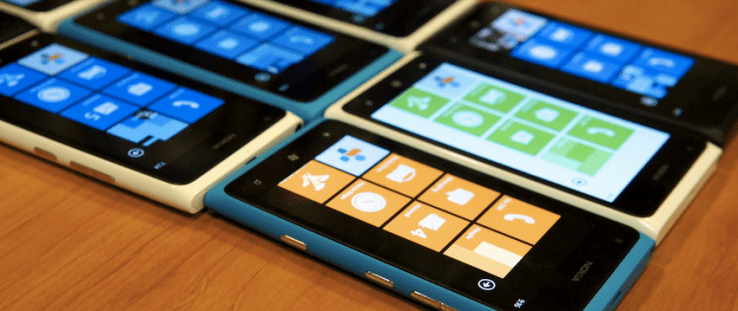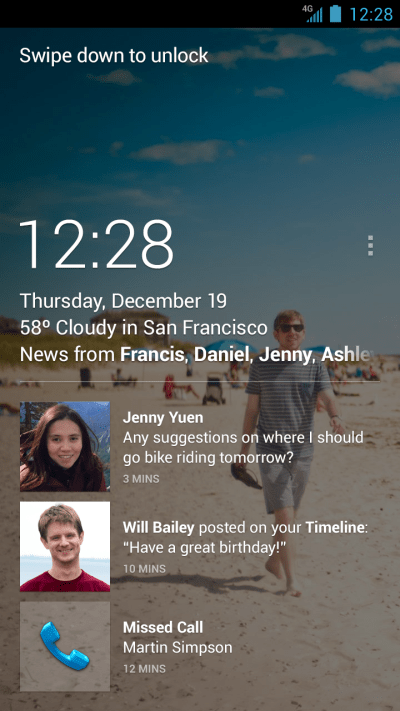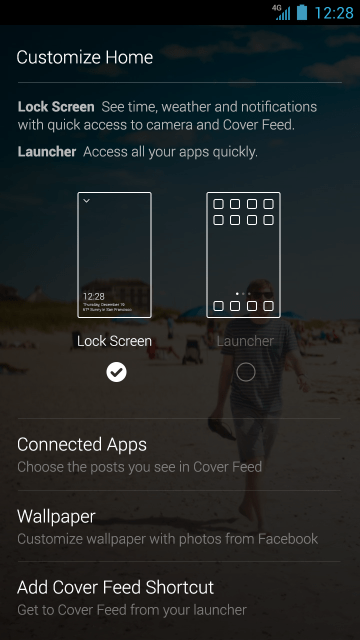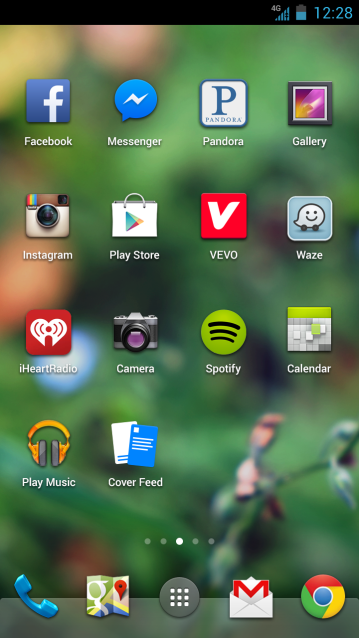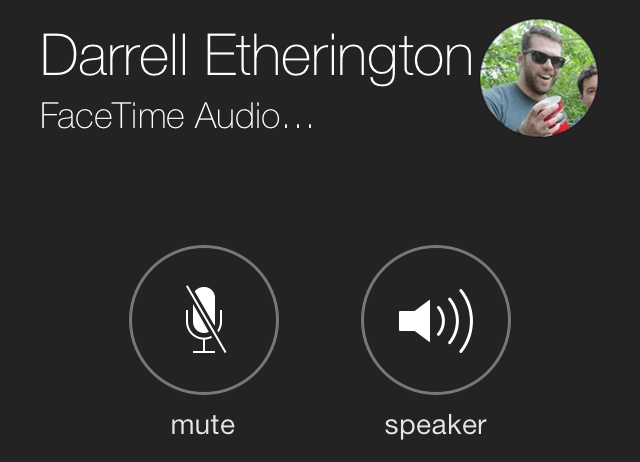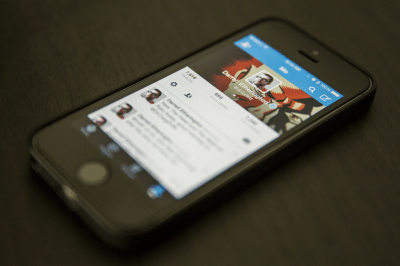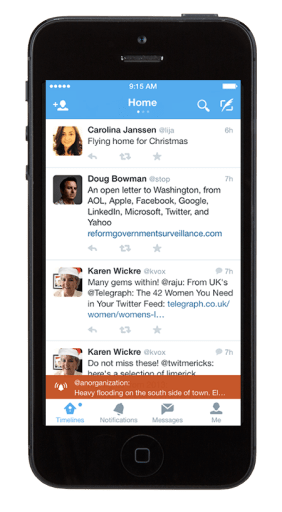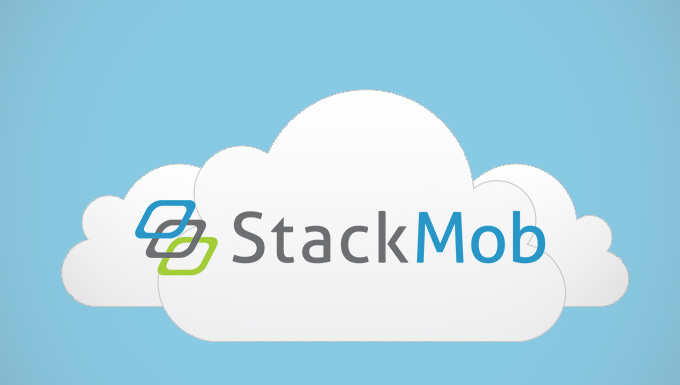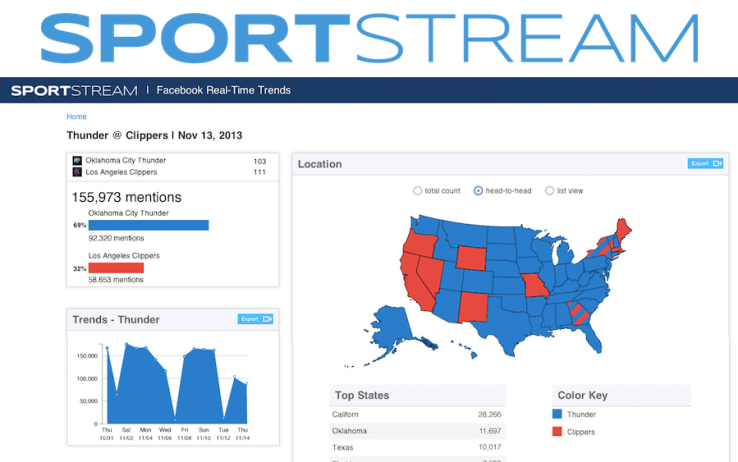As customers increasingly turn to the Internet and smartphones for purchasing decisions, economies are seeing brick and mortar evolve into "click and order," and ecommerce become intertwined with
m-commerce.
More and more businesses are expanding online — from
grocery stores to "
beer grams," almost any product or service is available via the click of a button or the swipe of a finger. What's more,
studies show [PDF] online customers are exceedingly loyal — perhaps even more so than customers who shop in-store.
SEE ALSO:
10 Predictions About the Future of Ecommerce
For businesses breaking into the ecommerce space, the process can be a bit of a whirlwind. Ecommerce presents countless opportunities for retailers and brands, so businesses seeking to take advantage of the benefits must also address some tough decisions — site design, mobile and social media strategies, customer service and product pricing, to name a few.
We've talked to entrepreneurs and marketers about some of the keys to driving ecommerce. Here are seven best practices for your ecommerce strategy.
1. Create a User-Oriented Experience
When your customers can't physically see and touch the products you're offering online, convincing them to break out their credit cards can be a harder sell.
Pricing products appropriately and delivering a user-friendly, all-around personalized experience is one way to encourage customers to fill their digital shopping carts.
Luvocracy is an online platform dedicated to helping shoppers find products they'll love via recommendations from "trusted tastemakers." CEO
Nathan Stoll says that one of the reasons the platform is successful is because of the feel-good experience of providing quality recommendations to likeminded users. "People want to feel good about the decisions they make, and feel like they matter through the help they provide to others. "People want to feel good about the decisions they make, and feel like they matter through the help they provide to others. Creating a place where those helpful moments are captured, shared, celebrated and easily allowed to cross from the digital to our physical lives is incredibly rewarding," says Stoll.
SEE ALSO:
How ModCloth Went From a College Dorm to $100 Million a Year
"Design-with-a-purpose" site
Zady places emphasis on aesthetics and UI to provide customers with the best possible online shopping experience. “Just as it is important to greet our customers with a firm handshake when we meet them in-person, on Zady.com, the same ethos of the 'handshake' applies. We work to make the design beautiful, easy to use, and entertainingly educational, illustrating through iconography and beautiful graphics that Zady is a purpose-driven company," says co-founder
Maxine Bédat.
A user-oriented approach to ecommerce helps drive brand loyalty, which is crucial to the bottom line — almost
no online retailers [PDF] can break even by relying on one-time shoppers. Personalizing users' experiences also helps businesses
segment their audience, which can translate into more effective marketing via targeted advertising campaigns.
"To really engage with customers, you have to appeal to the emotional side of your users," says
Andres Teran, co-founder of
Toplist, a social shopping recommendation platform. "More than the age or the city you want to target, it’s important to look for people who share feelings and behaviors towards something. Once you know this, it’s easier to find what your target customer likes, uses, does and where to engage with him/her."
2. Design a Service You'd Want To Use Yourself
The best test subjects for an online business, app or ecommerce site are often friends, family and fellow team members. "Make your team test the service like your ideal consumer: If you can't use it pleasantly for an hour straight, it's not good enough. If your 99th percentile server performance isn't good enough, you will notice," says Luvocracy's Stoll.
Chieh Huang, CEO of warehouse-club shopping app
Boxed, encourages his team to put themselves in customers' shoes. "We built Boxed because it’s a service our entire company wanted to use ourselves," says Huang. "When the entire team is thinking like a customer, it shows in the final product." "When the entire team is thinking like a customer, it shows in the final product."
Alex Gonzalez, CEO and co-founder of
Chatalog, a collaborative online shopping platform, knows about testing a business model close to home: "It was easy for us to identify our users and their pain points and then build a product to solve them because the original user was my wife and co-founder, Natalie. Our end customer is the shopper and, ultimately for me, the litmus test continues to be whether I catch Natalie using Chatalog every night with her friends and family when we supposedly have stopped working for the day."
3. Customer Feedback Is Crucial
Any business knows that customer service is part of the foundation for success, but small and medium businesses in particular rely on their customers for word-of-mouth promotion and brand loyalty.
Teran credits customer feedback for crucial decisions in the development of Toplist, and stresses the importance of listening to customer opinions and making adjustments accordingly. "Sometimes, we as entrepreneurs believe that the ideas we have and the products we build will be attractive for everyone — but it turns out you have to go out to the market, ask and try. You have to listen to your customers; what you're building is for them, so they will have a pretty good idea of what they need. At first, our product had too many features and functionalities that we thought were really cool — our users did not think the same. We noticed they wanted a simple product that would satisfy their needs fast and easy, so we set out to do that," says Teran.
Soraya Darabi, co-founder of Zady, agrees that listening to feedback on multiple channels is hugely important when making adjustments or introducing new products: “The community we are forming means everything to us. Customers' feedback, whether it comes in the form of a supportive email or a note on Instagram, Twitter or Facebook, is read and shared widely across our team. We listen to the feedback and react swiftly and accordingly."
Not only does customer feedback help businesses evolve and perfect their product or platform, Stoll says that listening to customers can also have a "juggernaut" effect when it comes to building a business. "Leverage the authentic voice of the customer. Your customers are dying to help you and be made to feel like they matter. They are the reason you succeed," says Stoll. "Rather than feeling like you're constantly trying to shock them into participating, make them feel good about what they do and the fact that they've decided to buy into your brand and product."
4. Utilize Social Media — But Don't Rely on it Exclusively
A social media strategy — particularly paid advertising and
an engaging content strategy — can be an effective way to target audiences and drive traffic to your site. Sites and networks such as
Pinterest,
Etsy,
eBay and
Instagram are often hugely useful for ecommerce businesses of any size. Social is also a great way to get word-of-mouth momentum started, which is perhaps the most important method of launching a new site or platform to success.
“Modern brands must embrace two-way communication online, there's just no question," says Darabi. "It's about remaining nimble to consistently learn from our customers, and to benefit from their sincere interest in helping us grow." Darabi tells Mashable that after granting a customer's request (via Instagram) that Zady begin selling dog gear, the items started flying off shelves. "We can't emphasize enough how listening well and using the appropriate channels to do so can help your business expand.” "We can't emphasize enough how listening well and using the appropriate channels to do so can help your business expand.”
Nathan Stoll shares another example of how social media word-of-mouth can have a "snowball" effect: "We discovered a conversation on Twitter where a Luv member asked her most-trusted beauty blogger to join Luvocracy. She wanted to start shopping all of the great recommendations her favorite blogger was making everyday. [The user] successfully got [the blogger] to join, and she quickly became 'addicted' to the experience. It's exactly how we want members to come into our community."
Jewelry brand
Dannijo leverages social media in a unique way with a "
Gram Hits" section on the website — it's essentially a shoppable Instagram gallery, comprised of Instagrams taken by
Dannijo and their customers. Seeing a product in this environment — where the jewelry is styled and path to purchase is simple, makes a customer 3x as likely to convert, according to Dannijo's analytics.
While you want to excel on social media, it's important to note that focusing on social alone isn't enough. Many factors go into ecommerce success — and putting all your eggs in the social media basket is more than likely misguided. Social should be more than an afterthought — but it shouldn't constitute an entire business plan. "Consumer expectations are higher than ever; being present in all of the channels customers expect is now table stakes, but overall performance of the technology is equally important across all of them," says Stoll.
5. Invest In Mobile
It's becoming increasingly clear that ecommerce companies simply cannot afford to disregard mobile users. In fact,
four out of five smartphone owners use their devices to shop.
"One thing is certain, go mobile or die trying," "One thing is certain, go mobile or die trying," says Toplist's Teran. "Mobile goes with you. Users can be engaged into making a purchase via a smartphone or tablet anytime and anywhere, so it’s crucial in the growth of ecommerce."
Teran suggests businesses take advantage of the entertainment or "me-time" value of smartphone culture, and points out that, as a more affordable and portable method of accessing a site than via laptop, mobile presents an opportunity to appeal to a larger market, especially in emerging markets. Additionally, a more interactive interface leaves room for creative methods of customer engagement. "We do not see mobile commerce as the future — we see it as part of the 'new normal,'" Teran says.
6. Incentivize Customers
Anyone with an
Amazon Prime account will testify that incentivizing customers works. Whether the offer is a promotion, discount, or loyalty program for VIP customers, providing little extras for your customers can increase word-of-mouth promotion and build positive brand affinity.
Everlane is an online retailer that
stresses transparency. Founder
Michael Preysman says that the company got the ball rolling by rewarding its first customers. "We emailed our friends and family and said, 'Hey, Everlane is launching in five days — here's what we are. Invite 50 friends and you get free shipping for life.' And we had 600 people invite 50 friends. In total, we had 60,000 sign up in five days," says Preysman.
Chatalog's Gonzalez makes a point of rewarding customers for providing feedback, too: "We are maniacal about talking to as many of our users as possible. [My wife] Natalie literally offers each of our thousands of users a Starbucks gift card in return for talking to us."
7. Be Ever-Evolving
As the online marketplace evolves, so must businesses that want to stay a step ahead of the competition. Continuously listening to customers, keeping up with the latest trends, analyzing metrics and conducting vigilant research help companies stay up-to-date with emerging technologies and effective strategy. Experiment with new tools and make tweaks in real time to improve the experience for your users and the bottom line for yourself.
"There is no ecommerce, there's only commerce," says Stoll. "Instead of using a megaphone, use an inside voice and talk to the customers who already love you and tell them why you love them. Or change your product so they do."






